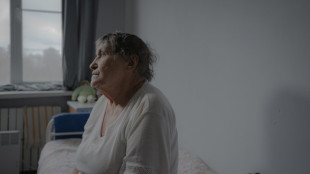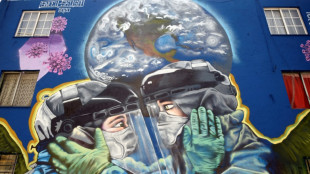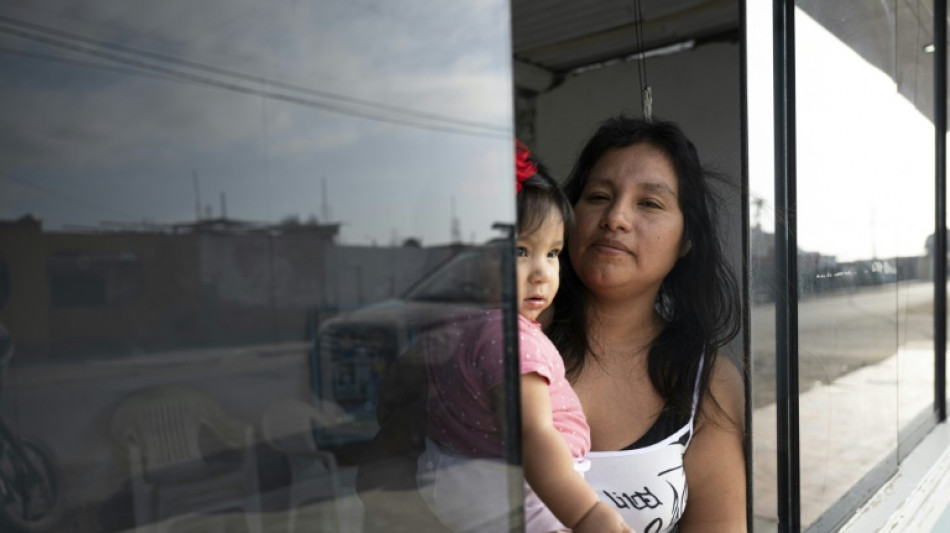
-
 SFWJ / Medcana Announces Strategic Expansion Into Australia With Acquisition of Cannabis Import and Distribution Licenses
SFWJ / Medcana Announces Strategic Expansion Into Australia With Acquisition of Cannabis Import and Distribution Licenses
-
US to withdraw some 1,000 troops from Syria
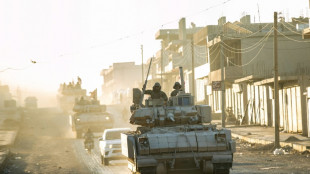
-
 Four killed after spring storms wreak havoc in the Alps
Four killed after spring storms wreak havoc in the Alps
-
Spurs' Popovich reportedly home and well after 'medical incident'

-
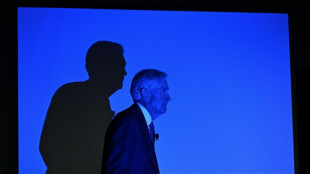 Trump goes to war with the Fed
Trump goes to war with the Fed
-
Celtics chase second straight NBA title in playoff field led by Thunder, Cavs

-
 White House site blames China for Covid-19 'lab leak'
White House site blames China for Covid-19 'lab leak'
-
Norris edges Piastri as McLaren top Jeddah practice

-
 Trump warns US could ditch Ukraine talks if no progress
Trump warns US could ditch Ukraine talks if no progress
-
Judge denies Sean 'Diddy' Combs push to delay trial

-
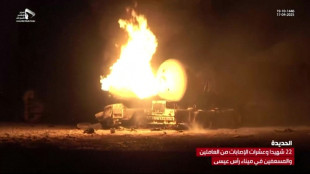 80 killed in deadliest US attack on Yemen, Huthis say
80 killed in deadliest US attack on Yemen, Huthis say
-
Lebanon says two killed in Israeli strikes in south
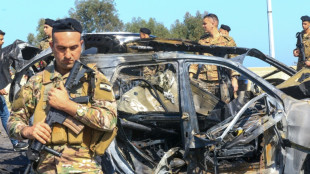
-
 Trump says US will soon 'take a pass' if no Ukraine deal
Trump says US will soon 'take a pass' if no Ukraine deal
-
F1 success is 'like cooking' - Ferrari head chef Vasseur

-
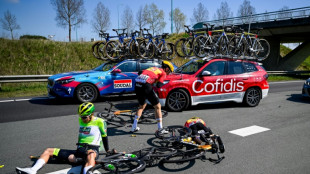 Cycling mulls slowing bikes to make road racing safer
Cycling mulls slowing bikes to make road racing safer
-
Macron invites foreign researchers to 'choose France'

-
 Klopp 'happy' in new job despite Real Madrid rumours: agent
Klopp 'happy' in new job despite Real Madrid rumours: agent
-
Alcaraz into Barcelona semis as defending champion Ruud exits

-
 Vance meets Italy's Meloni before Easter at the Vatican
Vance meets Italy's Meloni before Easter at the Vatican
-
Evenepoel returns with victory in Brabantse Pijl

-
 Maresca confident he will survive Chelsea slump
Maresca confident he will survive Chelsea slump
-
Mob beats to death man from persecuted Pakistan minority
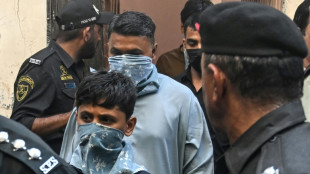
-
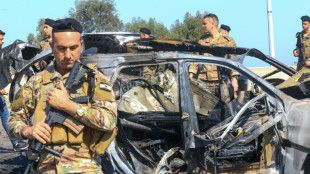 Lebanon says one killed in Israeli strike near Sidon
Lebanon says one killed in Israeli strike near Sidon
-
Arsenal's Havertz could return for Champions League final

-
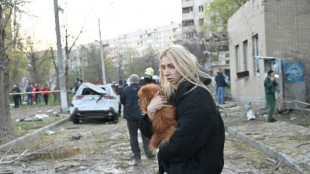 US officials split on Ukraine truce prospects
US officials split on Ukraine truce prospects
-
Client brain-dead after Paris cryotherapy session goes wrong
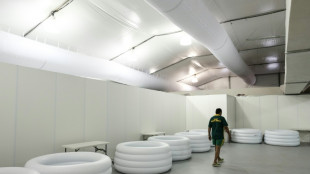
-
 Flick demands answers from La Liga for 'joke' schedule
Flick demands answers from La Liga for 'joke' schedule
-
'Maddest game' sums up Man Utd career for Maguire

-
 Trial opens for students, journalists over Istanbul protests
Trial opens for students, journalists over Istanbul protests
-
Gaza rescuers say Israeli strikes kill 24 after Hamas rejects truce proposal
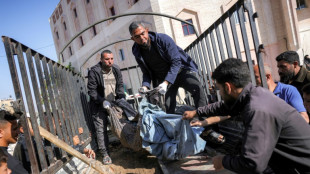
-
 'Really stuck': Ukraine's EU accession drive stumbles
'Really stuck': Ukraine's EU accession drive stumbles
-
'Not the time to discuss future', says Alonso amid Real Madrid links

-
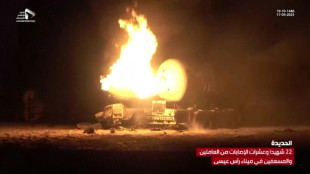 74 killed in deadliest US attack on Yemen, Huthis say
74 killed in deadliest US attack on Yemen, Huthis say
-
Southgate's ex-assistant Holland fired by Japan's Yokohama

-
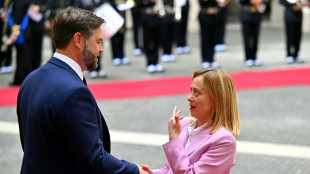 Vance meets Meloni in Rome before Easter at the Vatican
Vance meets Meloni in Rome before Easter at the Vatican
-
Ryan Gosling to star in new 'Star Wars' film

-
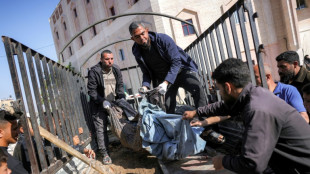 Hamas calls for pressure to end Israel's aid block on Gaza
Hamas calls for pressure to end Israel's aid block on Gaza
-
Russia says Ukraine energy truce over, US mulls peace talks exit
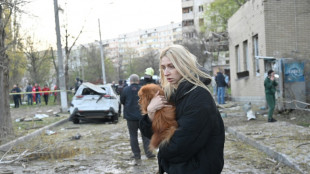
-
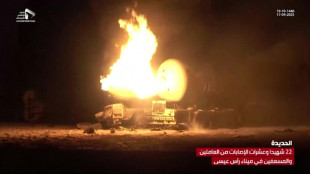 58 killed in deadliest US strike on Yemen, Huthis say
58 killed in deadliest US strike on Yemen, Huthis say
-
Museums rethink how the Holocaust should be shown

-
 Three dead after deadly spring storm wreaks havoc in the Alps
Three dead after deadly spring storm wreaks havoc in the Alps
-
No need for big changes at Liverpool, says Slot

-
 Bloody Philippine passion play sees final performance of veteran 'Jesus'
Bloody Philippine passion play sees final performance of veteran 'Jesus'
-
New US envoy prays, delivers Trump 'peace' message at Western Wall

-
 Postecoglou sticking around 'a little longer' as Spurs show fight in Frankfurt
Postecoglou sticking around 'a little longer' as Spurs show fight in Frankfurt
-
US threatens to withdraw from Ukraine talks if no progress

-
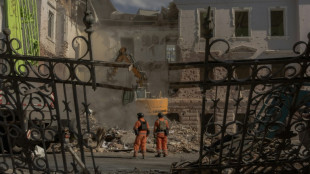 Tears and defiance in Sumy as Russia batters Ukraine border city
Tears and defiance in Sumy as Russia batters Ukraine border city
-
Russia rains missiles on Ukraine as US mulls ending truce efforts
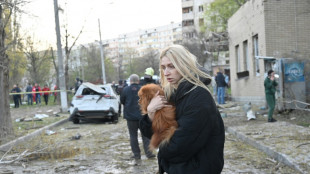
-
 Tokyo leads gains in most Asian markets on trade deal hopes
Tokyo leads gains in most Asian markets on trade deal hopes
-
Two missing after deadly spring snowstorm wreaks havoc in the Alps
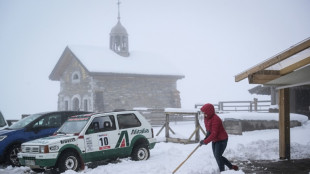

Poisoned by arsenic, and with no way out, Peruvians live in fear
Sayuri Moreno found out while pregnant that her body was contaminated with arsenic, but could not afford doctors' advice to avoid breastfeeding and leave her home in a mining area in northern Peru.
The 37-year-old is one of 120 residents of the Huarmey slums in the Ancash department who were found to have high levels of arsenic in their blood when 140 people were tested last year, according to the Ministry of Health.
Some 3,000 live in this community of wooden houses facing the sea, most of them living off fishing. Behind the settlement rise the hills through which underground pipelines descend, transporting copper and zinc concentrate to Port Huarmey.
Arsenic -- a highly toxic chemical -- can be found naturally alongside copper ore and is released as a byproduct of its processing. Arsenic can also naturally contaminate groundwater.
Peru is the world's second-largest copper producer, however health authorities say they have yet to determine whether the widespread contamination in Huarmey is linked to mining operations.
Most of those affected are women and children. The poisonous chemical can cause skin lesions and cancer, mainly of the lungs, skin and bladder.
"I was scared because I heard that it caused cancer," said Moreno, who was diagnosed during a pre-natal checkup.
- 'Abandoned' -
Her children, Keity, 11, and Iker, 7, also tested positive for high levels of arsenic. Her 11-month-old, Valeria, "was born normal."
The doctor recommended "that we get out of here and that I don't breastfeed my baby," Moreno told AFP.
But like many residents in the region, she and her fisherman husband, Alan Guerrero, were not in a financial position to follow this advice to the letter.
They left Port Huarmey for three months to "detox," but had to return after finding no other work. When they have the money they buy bottled water and formula for the baby.
"We are abandoned in the port, we have no help from anyone, we have a mining industry that is so powerful that we can't do anything," said Guerrero.
Inorganic arsenic is the biggest "chemical contaminant" of drinking water, according to the World Health Organization (WHO), which classifies it as a carcinogen and one of the 10 most dangerous substances for public health.
Jose Saldivar, director of the Huarmey Hospital, said the number of those affected in the community and the levels of arsenic in their bodies was "worrying."
"Every time we do more screening, it is likely that 80 percent" of the cases will come out positive for high levels of arsenic, he said.
Peru's health ministry says the maximum amount of arsenic in the body should be 20 micrograms per liter of urine.
Moreno had 60 micrograms, her eldest daughter, 81 micrograms and her son 70 micrograms.
- 'There is no cure' -
The WHO estimates 140 million people across the globe are exposed to drinking water containing high levels of arsenic.
"There is no cure," said Percy Herrera, a heavy metals expert at the health ministry.
"The best intervention is to identify what the source is and control this source," he added.
When Mireya Minaya was pregnant she was found to have 142 micrograms of arsenic per liter of urine. Her baby, Danna, was born contaminated.
But her three-year-old son, Fabricio, who suffers from anemia, has an even higher concentration: 540 micrograms.
Given the number of cases in Huarmey, the government last year paid for those affected to be treated in Lima, 290 kilometers (180 miles) away.
Minaya was hospitalized for 10 days. Doctors discovered tumors in her ovaries that they told her were probably malignant.
"I didn't want to know anything out of fear and I asked for my voluntary discharge and I came back" to the port, said Minaya, who is a restaurant cook.
"We lived normally... and from one moment to the next we had this nightmare. We don't know if it will ever end."
S.Gregor--AMWN

